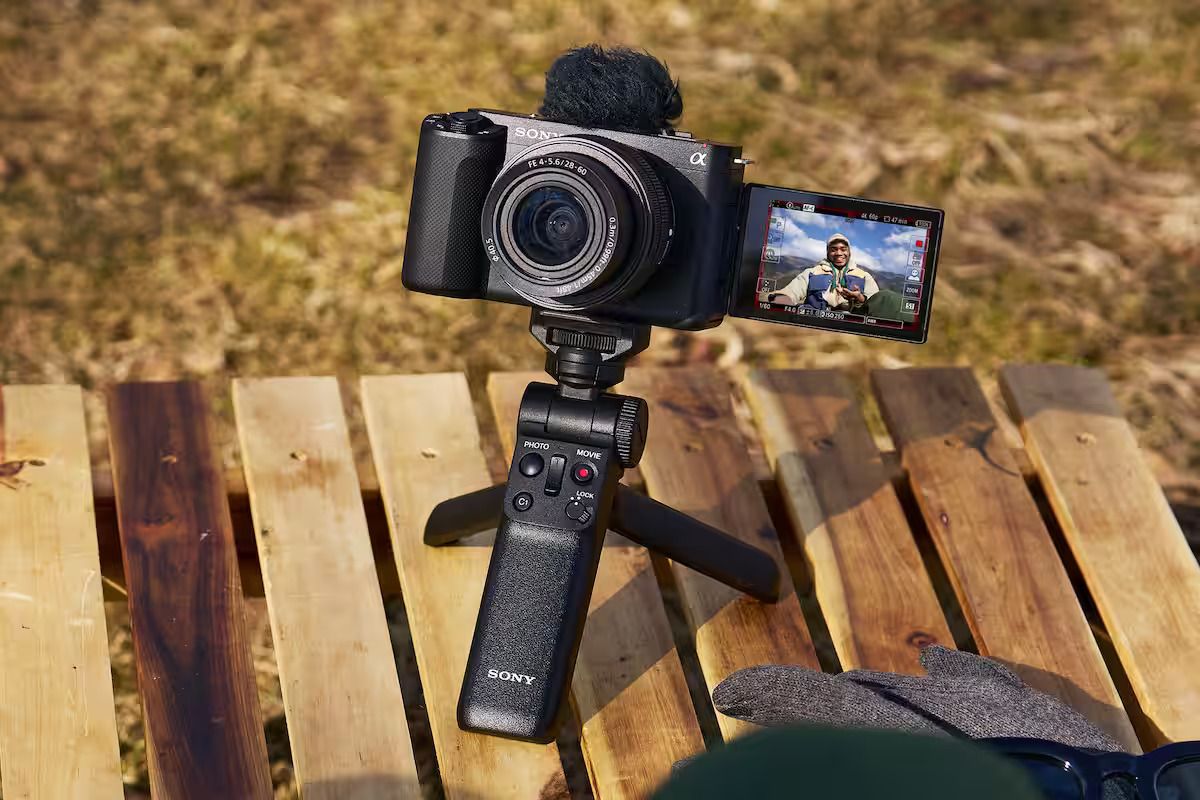How to Take Professional Pictures with a Point and Shoot Camera: Expert Tips and Tricks
Are you struggling to capture professional-quality images with your point and shoot camera? Many photographers mistakenly believe that you need a high-end DSLR to produce stunning photos. However, with the right techniques, even a simple point and shoot camera can produce striking results. This guide will walk you through everything you need to know about how to take professional pictures with a point and shoot camera.
A point and shoot camera, often considered the underdog of the photography world, comes with its own set of advantages. They are lightweight, easy to use, and can be just as effective as their more expensive counterparts when used correctly. So, if you're ready to elevate your photography game using a point and shoot camera, keep reading!

Understanding Your Point and Shoot Camera
Before diving into techniques, it's essential to familiarize yourself with your camera's features. Learning the settings and options available can significantly affect the quality of your photographs. To begin with, consult your camera's manual to understand its settings and functions. You can also explore various online resources, such as this Wikipedia guide on point and shoot cameras.
Key Features to Explore
- Exposure Settings
- ISO Sensitivity
- White Balance
- Focus Modes
- Shooting Modes
Understanding and mastering these settings can give you more control over your photographs, allowing you to tailor each shot to your exact needs.
:max_bytes(150000):strip_icc()/GettyImages-618066222-58a7a9565f9b58a3c9d780d3.jpg)
Mastering Light and Exposure
The quality of light can make or break a photograph. One of the most crucial aspects of taking professional pictures is learning to manipulate light to your advantage. Heres how you can do it with your point and shoot camera.
Natural Light
Natural light is often the best light source for photography, but it can be tricky to master. Pay attention to the direction and quality of light. Early morning and late afternoon are generally the best times to shoot due to the softer light.
Using Flash
While many photographers shy away from using flash, it can be an excellent tool when used correctly. Adjust the intensity and direction of your flash to avoid harsh shadows and overexposure. For more detailed information on flash settings, consider this resource.

Composing Your Shots
Composition is another critical factor in capturing professional-quality images. The way you frame your subject can add a whole new dimension to your photographs.
The Rule of Thirds
This is one of the most basic yet effective rules of composition. Imagine breaking down your image into thirds, both horizontally and vertically, so that you have nine parts. Place your subject at the points where these lines intersect for a well-balanced composition.
Leading Lines
Leading lines are another powerful composition tool. These are lines within your image that lead the viewers eye to your main subject. Examples include roads, fences, or even shadows.
For more detailed tips on composition, you might want to visit this blog post that provides in-depth tutorials.

Managing Focus and Depth of Field
Focus and depth of field can significantly impact the professional quality of your images. Most point and shoot cameras come with autofocus, but knowing how to use it effectively is key.
Using Autofocus
Autofocus is convenient, but it doesnt always focus on the intended subject. To ensure your camera focuses where you want it to, half-press the shutter button to lock focus before taking the shot.
Achieving Background Blur
Background blur, or bokeh, can make your subject stand out. To achieve this with a point and shoot camera, try focusing on a subject that is close while keeping the background at a distance.
Post-Processing Techniques
Even the best photographers rely on post-processing to enhance their images. With software like Adobe Lightroom and Photoshop, you can adjust exposure, contrast, and color balance to make your photos pop.
Basic Edits
Start with basic edits like adjusting brightness, contrast, and saturation. These minor tweaks can have a significant impact on the overall look of your photo.
Advanced Edits
For more advanced edits, consider using tools like the healing brush to remove blemishes or the adjustment brush to selectively enhance specific areas of your photo.
If you're new to post-processing, check out this tutorial for beginners.
Practicing Patience and Consistency
Like any other skill, mastering photography takes time and practice. Be patient with yourself and consistent in your efforts. Keep experimenting with different settings and compositions to find what works best for you.
Learn from the Pros
One of the best ways to improve your photography skills is to learn from the pros. Follow professional photographers on social media, attend workshops, and read photography blogs to get inspired.
Regular Practice
Make it a habit to take your camera with you wherever you go. The more you practice, the more you'll understand the nuances of your point and shoot camera.
FAQ
Can you take professional photos with a point and shoot camera?
Yes, you can take professional photos with a point and shoot camera by understanding its settings, mastering light and exposure, and using post-processing techniques.
What settings should I use on a point and shoot camera?
Explore settings like exposure, ISO sensitivity, white balance, and focus modes to have more control over your photographs.
How can I achieve background blur with a point and shoot camera?
To achieve background blur, focus on a subject that is close while keeping the background at a distance.
As an Amazon Associate, I earn from qualifying purchases.

